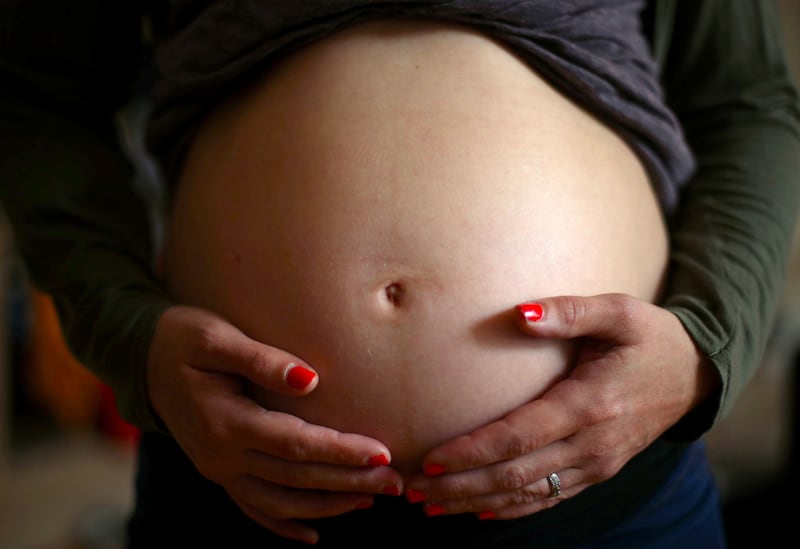One strategic issue facing the new Government is to plan for population change. Our society is rapidly ageing, while birth rates continue to drop steadily. This means the number of young people entering the labour market will fall in the future, and a lower share of people of working age will be supporting a growing number of pensioners and their health and care needs.
Ireland is not alone in seeing a decline in fertility – in many high and medium income countries, babies are going out of fashion. In the EU, the US and in more prosperous east Asian counties such as Korea and China average births per woman are well below two. This is less than the replacement level, so their populations will decline in the long term – unless immigration fills the gap.
Fewer children will also mean smaller family networks and the important social support they provide. Most older people in Ireland have children, grandchildren, nephews and nieces who provide valuable intergenerational bonds. Such links are likely to be significantly diminished later on this century. In China, where the one-child policy was implemented decades ago, this effect is very apparent.
The Ireland I grew up in was one of bigger families – my wife, for example, was one of eight children. A long-term decline in the fertility rate saw the State reach an average of around two children per woman by 1990, and then stabilise until around 2010. Since then it has declined steadily to reach 1.5 by 2022, close to the EU average.
READ MORE
Ireland’s high number of births in the 2000s has led to pressure on second-level school places, while falling birth rates will lower numbers attending primary school over the coming decade.
While declining fertility has been a feature in better-off countries worldwide, we still have a limited understanding of what factors are driving the change and why it may differ between countries. Most countries that have tried to halt the trend have looked to policies such as better child benefits or ones that make it easier to combine a career and family life such as better childcare and parental leave,
The Nobel Prize-winning economist Claudia Goldin recently published a paper analysing possible reasons for the differences between fertility rates and their decline across developed countries.

She said that measures such as parental leave and childcare subsidies were good for women’s and children’s health, but had little impact on arresting the decline in birth rates.
An interesting angle in her research was to look at men’s, and not just women’s, preferences for how many children they want. She suggested that steady postwar economic growth in places such as the US, UK, France, Germany and Sweden saw gradual cultural change, with men accepting more responsibility for child rearing.
She said that, by contrast, in countries such as Spain, Italy, Korea and Japan, where growth came later and was more concentrated, there was less time for the male culture to change.
Irish women carry much more of the burden of work in the home, yet fertility is still close to the EU average
Certainly there are differences between the two sets of countries in how domestic duties are shared. In the very low fertility countries such as Spain, Italy, Korea and Japan, women spend between two and four times as much time as men on housework, cooking and childcare. In the other group of countries work in the home is more evenly shared than in the low-fertility countries.
However, the evidence is weak that past patterns of economic growth affected changes in fertility.
Ireland’s rapid economic catch-up was concentrated into the Celtic Tiger years, yet our fertility rate today is still higher than in Spain or Italy. Irish women carry much more of the burden of work in the home, yet fertility is still close to the EU average.

Economists may not be best placed to solve the puzzle of declining fertility – sociologists and anthropologists may have better insights to offer. Cultural differences between countries, not just social or economic policies, can account for cross-country differences in patterns.
In my generation, most births were in marriage, and age of marriage was an important factor in predicting births. Not so today. The trend in age at first birth may be a better predictor in today’s world. In Ireland today the age at first birth is among the highest in the EU.
Young Irish women today are highly educated and, after graduation, usually take time to establish their careers. The housing shortage is another factor causing people to delay starting a family and limiting family size. High rents or mortgages, and high creche fees, are likely to be another factor in the equation.
















